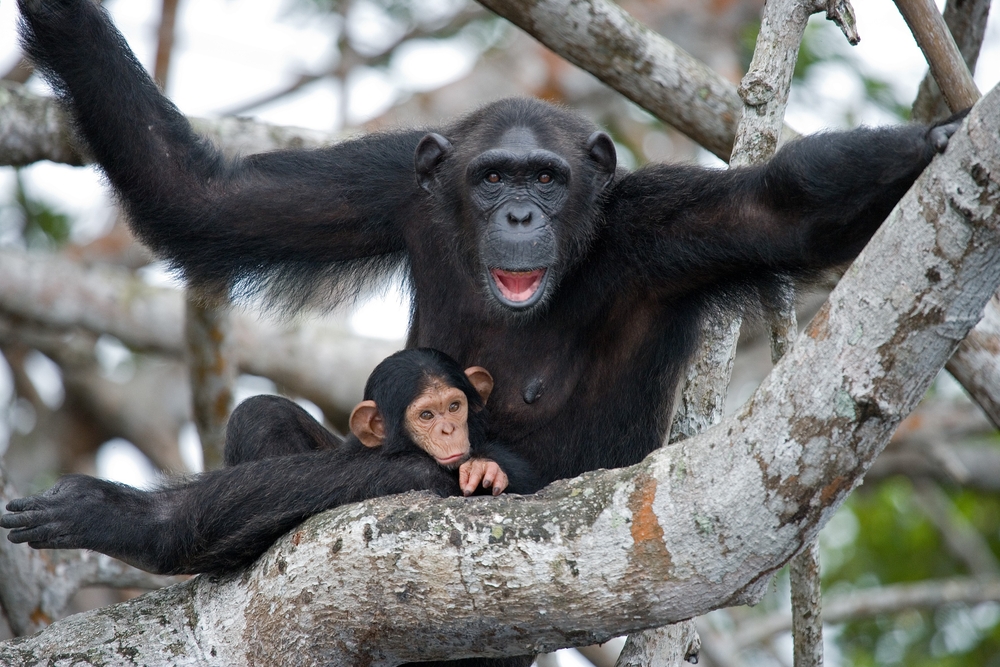Nouabalé-Ndoki Overview
Nouabalé-Ndoki National Park, locally known as Parc National de Nouabalé-Ndoki, is a pristine wilderness located in the northern region of the Republic of Congo. Covering approximately 4,200 square kilometers (1,620 square miles), this park is part of the larger Sangha Trinational Conservation Area, a UNESCO World Heritage Site that spans the borders of Congo, Cameroon, and the Central African Republic. Established in 1993, Nouabalé-Ndoki is celebrated for its untouched rainforests, incredible biodiversity, and groundbreaking conservation efforts.
The park is characterized by dense, unlogged rainforests, making it one of the last truly wild places in Central Africa. Its forests are interspersed with clear rivers, swamps, and natural forest clearings called bais, which serve as gathering points for wildlife. These bais provide visitors with unparalleled opportunities to observe animals in their natural habitats.
Nouabalé-Ndoki is most famous for its population of forest elephants, which frequent the bais in search of mineral-rich soils. The park is also home to the critically endangered western lowland gorilla and the elusive chimpanzee. Other notable mammals include bongo antelopes, red river hogs, and leopards. Smaller mammals such as porcupines and pangolins also thrive in its ecosystems, alongside countless amphibians and reptiles.
Birdlife in the park is equally remarkable, with over 300 recorded species. Notable residents include the great blue turaco, grey parrots, and hornbills. Raptors such as crowned eagles and harrier-hawks soar above the forest canopy, while waterbirds frequent the rivers and wetlands.
Nouabalé-Ndoki’s flora is dominated by towering rainforest trees, including mahoganies, ebonies, and irokos. The undergrowth features ferns, orchids, and lianas, creating a lush, layered ecosystem. These forests play a critical role in global carbon sequestration, highlighting their importance in combating climate change.
The park is a global leader in conservation, thanks to the efforts of the Nouabalé-Ndoki Foundation, the Congolese government, and international partners such as the Wildlife Conservation Society (WCS). Initiatives include anti-poaching patrols, community outreach programs, and scientific research. A notable achievement is the park’s innovative Goualougo Triangle Ape Project, which studies the behavior and ecology of great apes while promoting their conservation.
Visitors to Nouabalé-Ndoki can embark on guided wildlife safaris, canoe trips along the park’s pristine rivers, and visits to its iconic bais for wildlife observation. The park’s remote location ensures an unspoiled experience, making it an ideal destination for adventurous travelers and nature enthusiasts seeking to connect with Central Africa’s rich biodiversity.
In summary, Nouabalé-Ndoki National Park stands as a testament to the Republic of Congo’s commitment to preserving its natural heritage. Its extraordinary biodiversity, unspoiled landscapes, and conservation successes make it one of Africa’s most significant protected areas.











































































